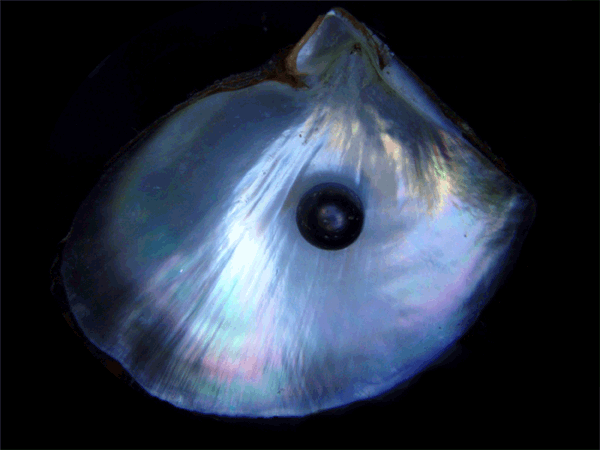Serendip is an independent site partnering with faculty at multiple colleges and universities around the world. Happy exploring!

Schools are factories?
We watched this video during a small group activity with other teachers and had some discussion on it. I thought it was interesting and wanted to share:
http://www.ted.com/talks/ken_robinson_changing_education_paradigms.html

Teaching in the Cyber World
What was my role?
This year was my first year teaching in the virtual setting
as a math specialist. In this role I remediate seventh graders who are not
where they “need” to be mathematically for their grade level. I see each
student twice a week for about 45 minutes.
I have had several barriers throughout the year due to the students’ own
barriers. It definitely has been very different for me working in this world. I
will give you a glimpse of it.

Just a bit...
... of my (rather checkered!) educational autobiography. I'm Anne Dalke, one of the profs for this ESem. I was raised in the rural south, where I attended (pretty poor) K-12 public schools; spent a year in the 13th grade of a girls' school, as an exchange student in northernmost Germany; returned to the States to attend the College of William and Mary -- feeling aggrieved because the better state school, UVa, wasn't taking women in those days (!!); however, the tuition cost was only $500/semester! I majored in English (I'd always liked to read, and I was dating a man who kept writing poems that I didn't know how to respond to...).

What We Have Done!
This was an exciting year for inquiry. My students and I took what we learned this summer and included it from the first day of school. My students became out of the box thinkers and they were able to look at old ideas in new ways.




